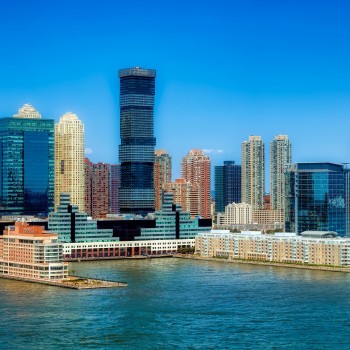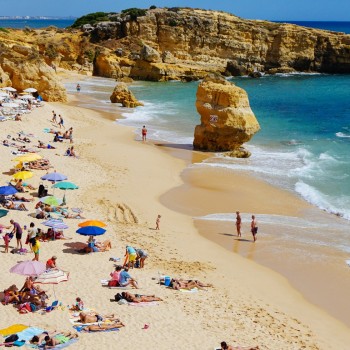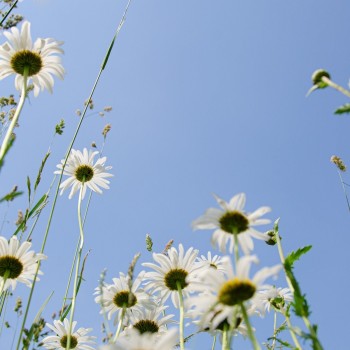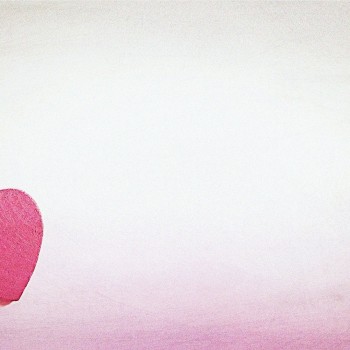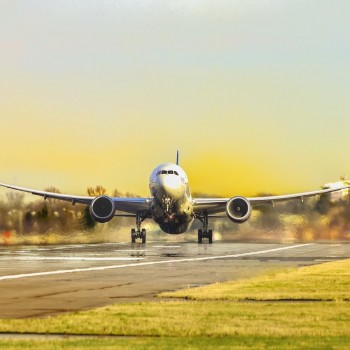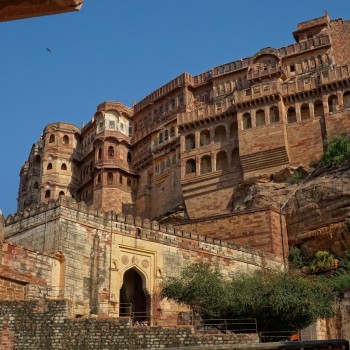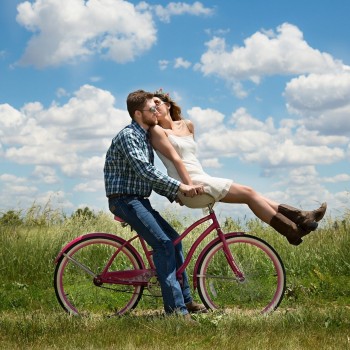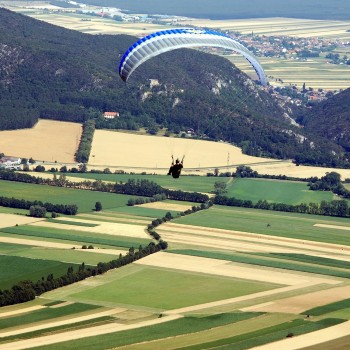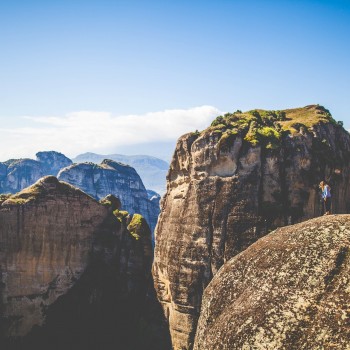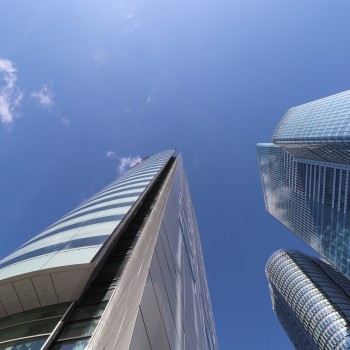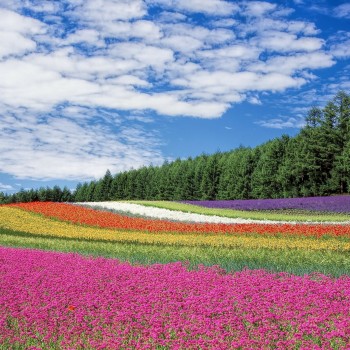Curaçao
Curaçao
Capital city description
Willemstad is the capital and chief town of Curacao and is located on the southern coast of the island of Willemstad is the capital and chief town of Curacao and is located on the southern coast of the island of Curacao in the Caribbean sea. It is divided into two parts by Sint Anna Bay, leading to Schottegat Harbour. The two halves, Punda and Otrabanda, are joined by the Koningin Emma Bridge in the Caribbean sea. It is divided into two parts by Sint Anna Bay, leading to Schottegat Harbour. The two halves, Punda and Otrabanda, are joined by the Koningin Emma Bridge.
Willemstad is a Caribbean trade center for petroleum storage, refining, tourism, and banking. The town has many Dutch-style gabled houses. Noteworthy buildings include Fort Amsterdam (1635), which once guarded the entrance to Schottegat Harbour and is now the seat of government; the Dutch Reformed Church; and the Mikvé Israel-Emanuel Synagogue (1732), the oldest synagogue in continuous use in the Western Hemisphere. Attractions include the Museum Kurá Hulanda, which chronicles the history of African empires, the slave trade, and the experiences of Africans in the Western Hemisphere.
Climate
In Curacao, the climate is tropical, hot all year round, with daytime temperatures ranging from around 28/29 degrees Celsius (82/84 °F) between December and February to approximately 31 °C (88 °F) between May and October. The period from May to October is the most sultry, but the trade winds constantly blow, tempering the heat.
Languages spoken
Curacao's native language is Papiamentu: a Creole blend of African, Spanish, Portuguese, Dutch, French, English, and Arawak Indian. The official languages in Curacao are Dutch, Papiamentu, and English.
Fun/Fascinating Facts
- The capital of Willemstad is a beautiful location, full of historical Dutch colonial architecture and a designated UNESCO world heritage site. The buildings were painted white at one time, but now they are a riot of bright, contrasting colors. It is rumored that one of the island’s governors ordered the repainting of the buildings to cut down the sun’s glare. The effect is incredibly striking and unique, whether this is true. The color often continues inside the houses, as it is a Curacao tradition to paint the walls red and white spots. This unusual decoration is locally believed to repel flies.
- Several reefs and wrecks close to the shore are popular dive sites, including the aptly-named Mushroom Forest. The shapes of the corals at this site resemble underwater woodland fungi – a magical experience. Head over to the tiny uninhabited sister island of Klein Curacao for more healthy reefs. The island below the hurricane belt also helps, as the corals stay relatively undisturbed by turbulent seas.
- The island's cuisine also reflects its varied history, including an abundance of traditional Dutch street snacks. Other local delicacies include sweet treats like pumpkin pancakes, cashew cake, and the famous orange-flavored liqueur that shares the island's name.
Unique Customs/Traditions
- Pagara Parties one of the most famous Curacao holiday traditions is the chunk of 'pagara' parties organized on the island. Starting from the 26th of December until the 31st, there are at least one (often more) 'pagara' parties and firework shows every day.
- Parties in Curacao are like nothing you’ve seen before. We have unwritten rules and scripts that everyone who did not grow up on the island finds very amusing. Let’s start from the beginning. When someone invites you to a party at 8 pm, don’t you dare arrive at 8. The host will probably not be ready, and you will look desperate. But then, when the cake or soup comes out, you know that that is your queue to leave. The party is over! A lot of planning goes into the parties here, so expect tons of food and good drinks and be prepared to loosen those hips.
- Shandileska, Ruthmailinda, or Rideylison are not names that are easy to pronounce. Still, a lot of people in Curacao have these unique names. Why go for a simple Sandra when you can make a much more creative and unique name. In Curacao, we often combine characters of the parents or grandparents or any close relatives and make one-of-a-kind names. Like our cheerful colleague Sierpinski, who got her name from her godmother Miniska.
- Driving in Curacao is like visiting a concert, but a show of car horns. If someone lets you cross in front of them, you give a short honk. If someone cuts in front of you, that deserves a very longhorn. So you can measure the level of angriness by the longitude of the funnel.
Popular universities
| Name | Description | |
|---|---|---|
| The Global Humanistic University | The Global Humanistic University (GHU) received its Charter from the Ministry of Education of Curacao in March of 2018. This Charter grants the GHU the right to establish a university in Curacao to provide and teach high-quality online study programs in business administration, finance, and law. The bachelor's, master's, and doctoral programs will primarily target international students. The GHU is committed to the principles of equality, opportunity, and diversity. The institution considers itself first and foremost as a partner for the business. The GHU offers doctoral programs and - through academic partnerships worldwide - master's and bachelor's programs. | |
| Caribbean Medical University | Caribbean Medical University (CMU) is an independent, for-profit, U.S. curriculum-based medical school. It is located on the island of Curacao in the southern Caribbean Sea, off the Venezuelan coast. The main campus is located in the Piscadera Bay area of Willemstad. After four years of training, students are awarded the degree of Doctor of medicine. Caribbean Medical University was founded in 2007; CMU enrolls classes three times a year: January, May, and September, with an average class size of 45 students. Students complete their Basic Science education on the island in four semesters at the World Trade Center Curacao. After completing the 4th semester, students study for and sit for the USMLE Step 1 exam and then continue to 6 semesters of clinical clerkships at teaching hospitals throughout the United States. Students must pass the USMLE Step 2 CK upon completing the curriculum before graduation. | |
Festivals & Events

Carnaval
Date: January
Carnaval is one og the most significant events in Curaçao held in January. It features live music, colorful parades, and parties galore across all cultures that make up the island—Dutch, Portuguese, African, South American, and Jewish. The Carnival also hosts beauty contests and concerts, with the Festival di Tumba parade on Shrove Tuesday being the highlight.

Curaçao Heineken Regatta
Date: Last week of January
The Curaçao Heineken Regatta is a fun, sporty high, season event in late January. The international regatta sets off from Willemstad and goes over three days. While sailors race for a substantial dollar prize, beach barbecues and parties are on land. A mega-brewer sponsored the event.

Curaçao International Kite Festival
Date: February
Curaçao International Kite Festival is an annual event in February that is worth a look at as it highlights the creativity of the islanders. Along with flying and competitions that feature unconventional and wacky designs. The festival also offers workshops where novices can learn to make and fly kites.

Curacao Dive Festival
Date: May
The Curacao Dive Festival is an international event focusing on building an atmosphere that will educate and foster the enjoyment of sharing underwater experiences and highlight what Curaçao has to offer as a world-class vacation destination. The festival features unique events like a coral restoration workshop, lionfish hunting, and underwater painting classes.
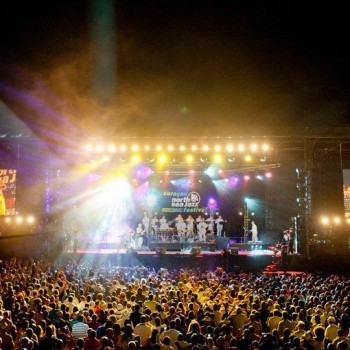
North Sea Jazz Festival
Date: July
The North Sea Jazz Festival is one of Curacao's most prominent musical events, held each second weekend of July in the Netherlands at the Ahoy venue. It features visiting artists from around the world who perform at the World Trade Center grounds to the west of Willemstad. Along with jazz is a week of soul, hip hop, and R&B. In previous years, the line-up consisted of great artists such as Lionel Richie, Enrique Iglesias, The Pointer Sisters, and Stevie Wonder.
Attractions / Top Sights

Willemstad
When to visit: July to September
Willemstad is the capital city of Curaçao and is considered the best attraction on the island because of its historical and cultural attractions.
Willemstad has more than 750 historical buildings along or near the famously colorful Handelskade waterfront. The waterfront is a famous photographic opportunity because of its vibrant colors and exciting architecture.

Klein Curaçao
When to visit: April
Klein Curaçao is a 1.7 square kilometers uninhabited island south-east of Curaçao in the Caribbean Sea and is part of the country of Curaçao.
The only structures on the island are an old lighthouse, a beach house, and several huts. Klein Curaçao is a beautiful diving spot because of its coral and underwater caves. It's relatively easy to spot colorful fish and sea turtles when snorkeling.

Sea Aquarium
When to visit: June to September
Located on the oceanfront at Bapor Kibra, the Curaçao Sea Aquarium is an ocean water system because seawater is pumped continuously. Visitors can snorkel or dive with stingrays, turtles, fish, and sharks among the 400 species at the facility. Other highlights include feeding shows, a Touch Tank, and video presentations.

Christoffel National Park
When to visit: June to September
The largest national park of Curaçao, Christoffel National Park, an 1800-hectare preserve, is formed from three old plantations, including the Savonet. The park has two driving routes and eight hiking trails, which provide a variety of perspectives on the island's landscape, flora, and fauna.
Attractions of the Mountain Car Route include an orchid trail, old copper mines, plantation-house ruins, and fabulous views. The Northern Car Route – heading to the coast – is excellent for birding and Caquetío cave paintings. These routes are also famous among mountain bikers

Hato Cave
When to visit: July to September
The Hato cave is a famous tourist attraction on the Caribbean island of Curaçao. The Hato cave covers 4,900 square meters and has limestone formations, pools, waterfalls, and a Madonna statue.
The caves consist of marine coral limestone, which accumulated over millions of years and were exposed to atmospheric corrosion and karstic processes after sea levels had dropped.

Kura Hulanda
When to visit: May to November
Museum Kura Hulanda is located in a 19th-century merchant's house and enslaved person's quarters. This fantastic museum documents the brutal history of slavery in the New World, including the slave trade, the culture of enslaved people, and abolition.
The museum houses many fantastic collections of art and artifacts from West Africa – including a fabulous sculpture garden – showcasing the significant African influences on Caribbean culture.



